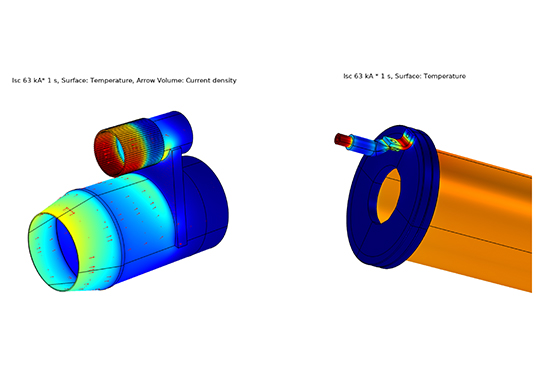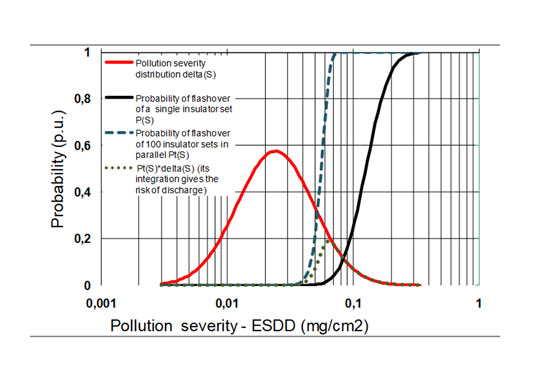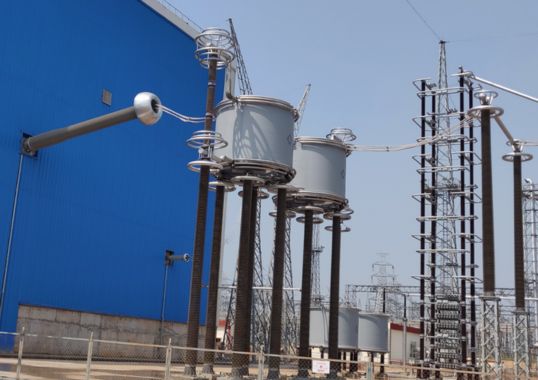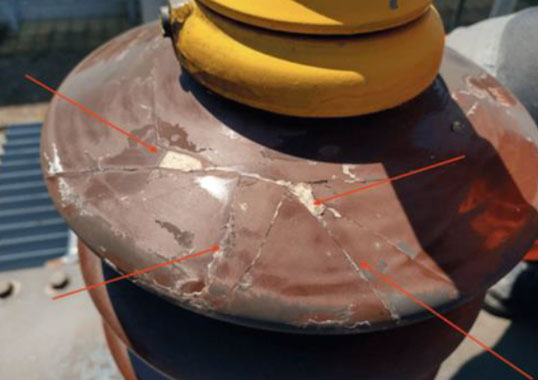Optimizing a HV Joint to Withstand High Short Circuit Faults by Guoyan Sun
Developments in today’s power distribution and transmission networks are leading to higher and higher levels of short-circuit current. That means that high voltage cables and accessories in a system are under growing dynamic and thermal stresses during any short-circuit faults. Short circuits occur when an accidental or intentional conductive path between two or more conductive parts forces the electric potential difference between the parts to be equal or close to zero. This results in a huge amount of current flowing in the circuit, consisting of a DC component as well as an AC component at the same frequency as the system. High voltage equipment in the system must be able to withstand the dynamic and thermal stresses during such short circuits and, at present, cable accessories are being systematically updated to withstand short-circuit current of 63 kA for 1 s. This presentation discusses optimization of a cable joint that then successfully passed thermal short-circuit testing.









